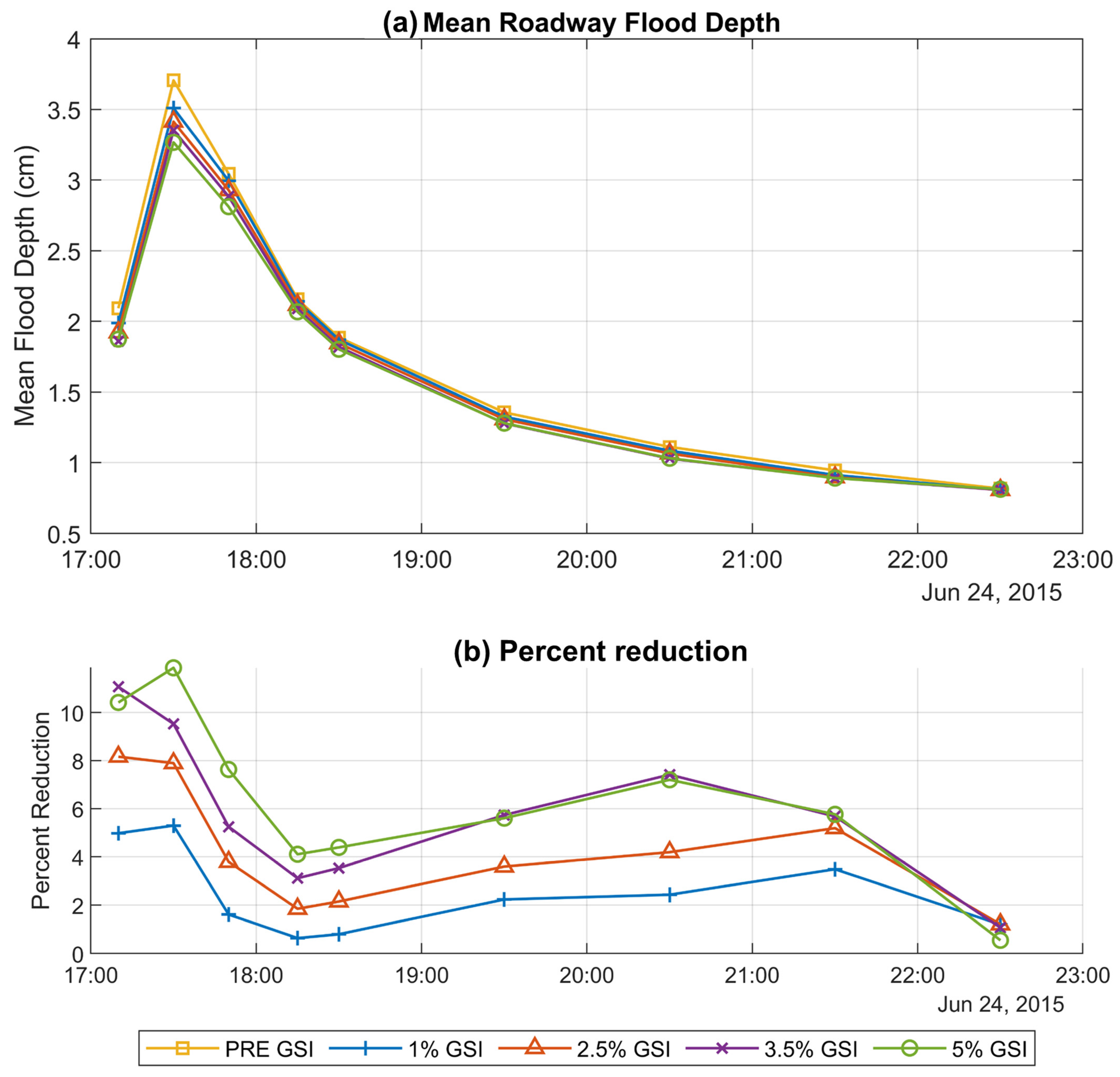

Then click the button on the toolbar underneath the object category listing in the Project panel (or select Project | Add a New Subcatchment from the main menu). 1.īegin by selecting the Subcatchments category (under Hydrology) in the Project Browser panel (on the left side of the main window). Data extracted from various sources, such as CAD drawings or GIS files, can be used to create the project file. The project file is a text file that describes each object in a specified format as described in the Users Manual. For large projects it will be more convenient to first construct an EPA SWMM project file external to the program. Drawing objects on the map is just one way of creating a project. Remember that you can click the View Map button of this tutorial at any time to see how we want our map to look eventually. We are now ready to begin adding components to the Study Area Map. If set to Elevation then click the down arrow button and select "Depth Offsets" from the popup menu that appears. Also make sure that the Offsets option is set to Depth. If it is on, then click the down arrow button and select "Auto-Length: Off" from the popup menu that appears. You can leave the dimensions at their default values for this example.įinally, look in the status bar at the bottom of the main window and check that the Auto-Length feature is off. Select View | Dimensions to bring up the Map Dimensions dialog.

Leave the others un-checked.įinally, select the Flow Arrows page, select the Filled arrow style, and set the arrow size to 7.Ĭlick the OK button to accept these choices and close the dialog.īefore placing objects on the map we should set its dimensions. Select the Annotation page and check off the boxes that will display ID labels for Subcatchments, Rain Gages, Nodes, and Links. Then select the Nodes page and set the Node Size to 5. Select the Subcatchments page, set the Fill Style to Diagonal and the Symbol Size to 5. Select Tools | Map DisplayOptions to bring up the Map Options dialog. Next we will set some map display options so that ID labels and symbols will be displayed as we add objects to the study area map, and links will have direction arrows. On the Nodes/Links page set the following default values:Ĭlick OK to accept these choices and close the dialog. On the Subcatchments page of the dialog set the following default values: This will make EPA SWMM automatically label new objects with consecutive numbers following the designated prefix. On the ID and Description dialog, set the ID Prefixes as follows (leave the others at their default): Select Home / Project Preferences / ID and Description to open the ID and Description dialog Launch EPA SWMM if it is not already running and select File | New to create a new project. Using these defaults will simplify the data entry tasks later on. Our first task is to create a new project in EPA SWMM and make sure that certain default options are selected. You can click the View Map button that appears in each topic's header panel to refer to this drawing at any time. Then we will simulate the water quantity and quality response to a 3-inch, 6-hour rainfall event, as well as a continuous, multi-year record. We will first go through the steps of creating the objects shown in this diagram on SWMM's Study Area Map and setting the various properties of these objects. The system discharges to a creek at the point labeled Out1. Storm sewer conduits C1 through C4, and conduit junctions J1 through J4. The system layout is shown below and consists of subcatchment areas S1 through S3 A subcatchment is an area of land containing a mix of pervious and impervious surfaces whose runoff drains to a common outlet point, which could be either a node of the drainage network or another subcatchment. In this tutorial we will model the drainage system serving a 12 acre residential area. You can find the original in the current EPA SWMM5 Help file. This is a one HTML file version of the SWMM 5 Tutorial for modeling the quantity and quality of stormwater runoff produced from urban areas. EPASWMM5 Tutorial with Images for SWMM 5.1.014


 0 kommentar(er)
0 kommentar(er)
